By using AI to analyze medical and nursing care data, also make decisions on user behavioral predictions, we are able to provide a user experience that will not only solve manpower shortages by improving operational efficiency but also ensure user safety and reduce the burden on workers.
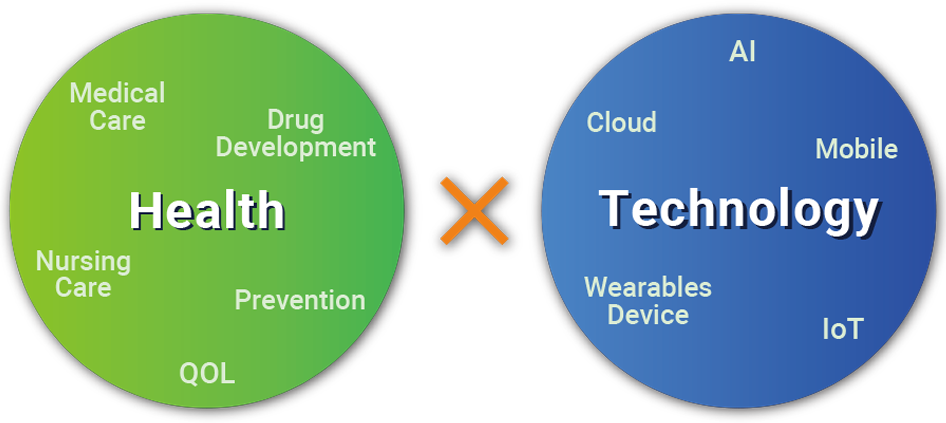
HealthTech means innovative medical care, nursing services, tools, and creation of them.
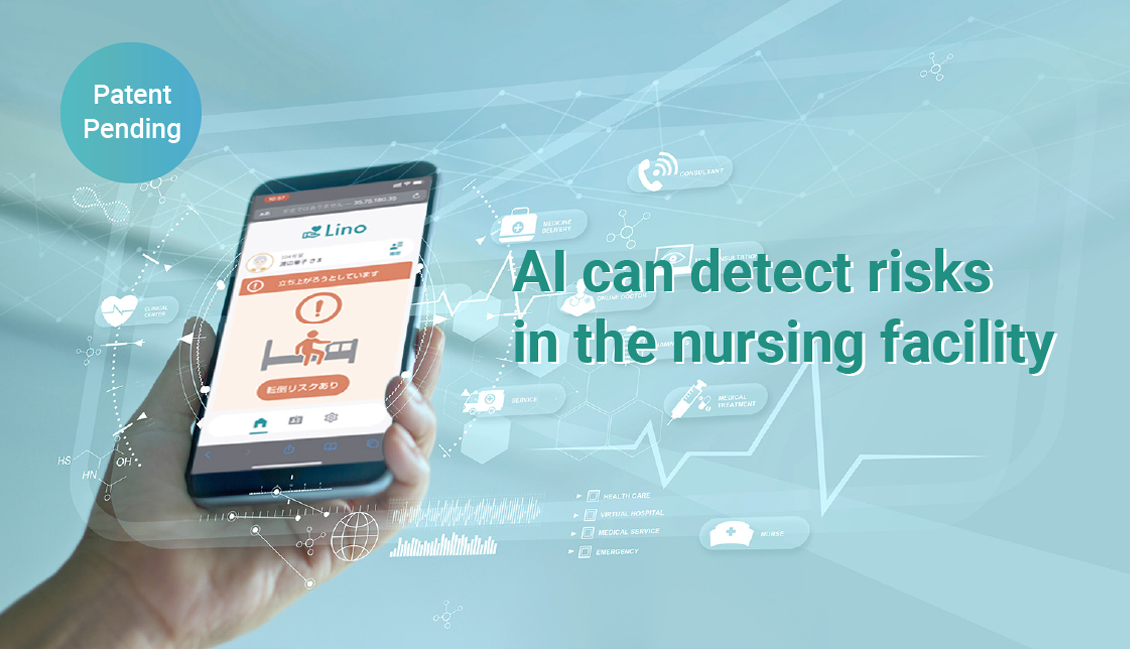
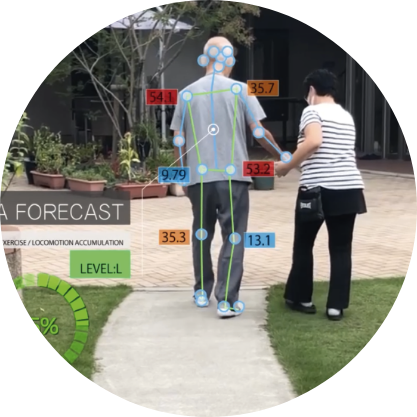
Recognizes posture and analyzes behavior before it becomes a dangerous situation.
Real-time and advance notification ensures that staff can respond in a timely and effective manner.

All devices are available on the market and ready to be used immediately.
This way removes the psychological stress of users and reduces the hurdles to implementation.
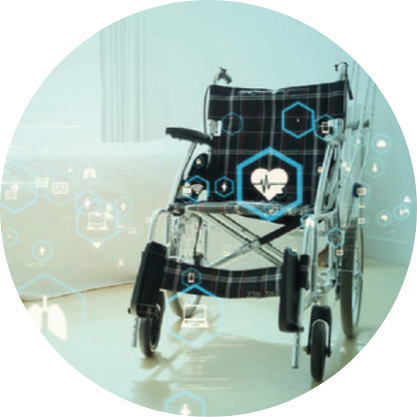
We aim to expand the detection range and analyze not only the rooms but the entire facility.
By monitoring the whole facility, it will be able to reduce the possibility of missed hazards, and also to detect and improve risks that were previously unnoticeable.
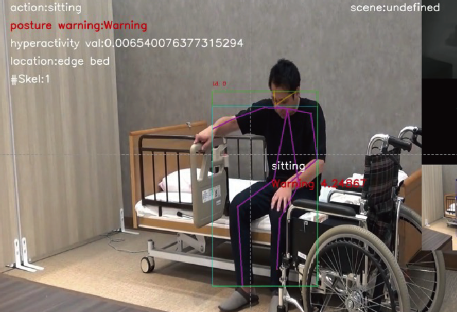
Technical verification is being conducted in an actual facility with the full cooperation of the social welfare corporation Taishokai.
Motion detection reduces fall accidents by predicting the possibility of falling and notifying the staff at the earlier stage.
Based on those detection history information that has been stored, can be used for further clarification of the risk factors of falls and countermeasures.
In addition, this information can be used as evidence in the event of an accident, thus avoiding the risk of litigation.
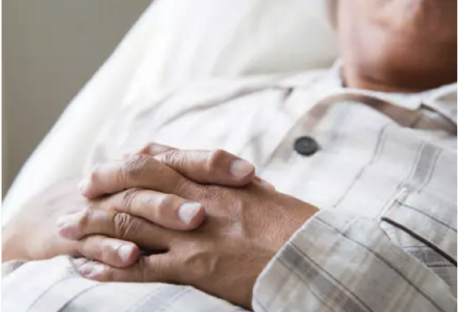
Our health tech reduces the number of daily ward rounds at night for the purpose of checking on the patient, which provides a calm and enjoyable environment for the users.

Not knowing what will happen at any given time can be stressful, especially during a night ward round. However, it can reduce staff pressure by notifying them when there is a risk to a user's condition.
Improvement of the workplace environment leads to a reduction in turnover and retention of new employees.
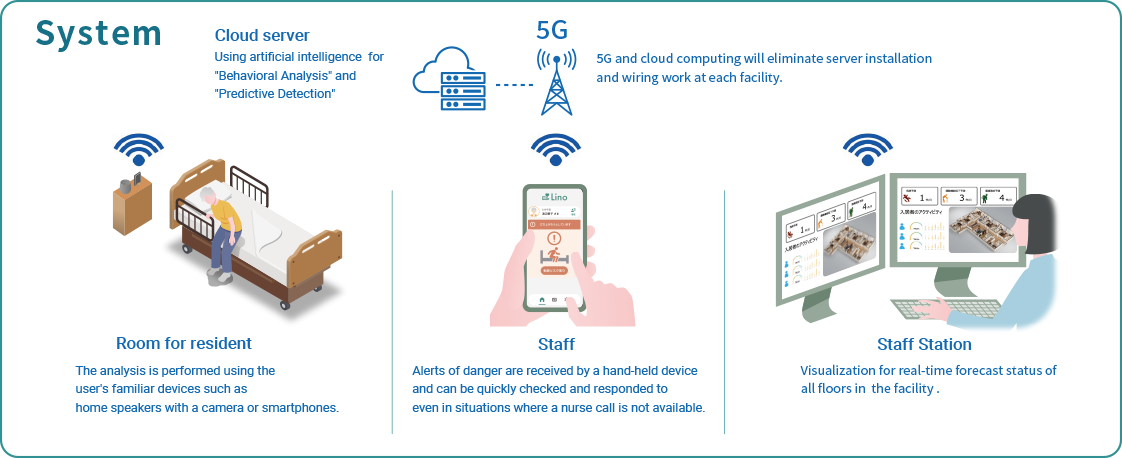

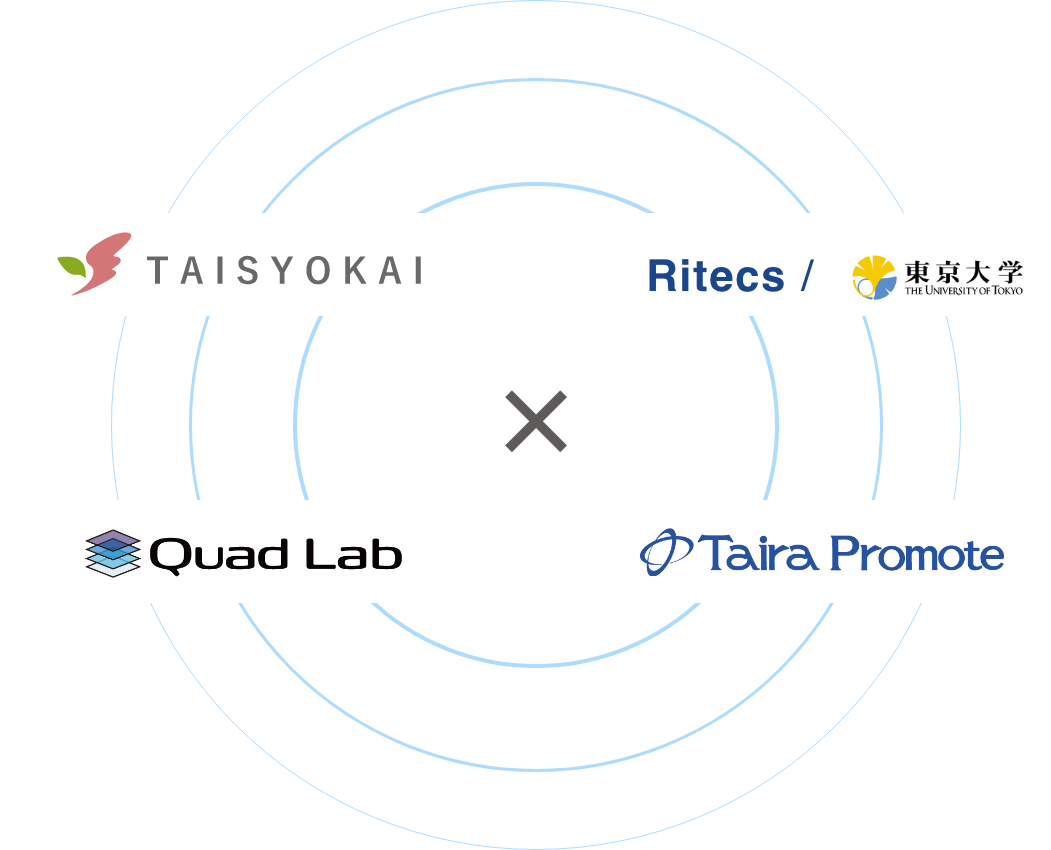
Combination of professional expertise from various fields to build up the future of nursing care.
Get in touch with us or find the nearest office to you.